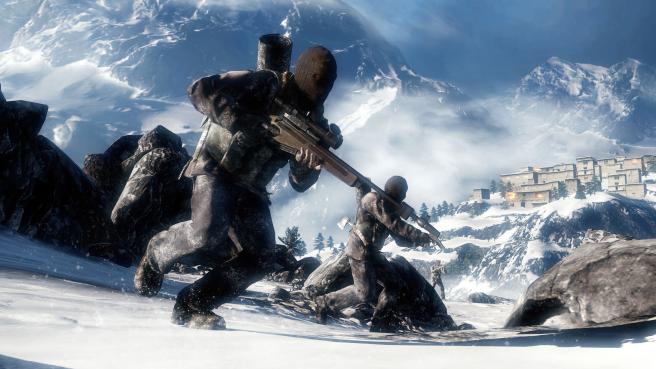
Between a lengthy Campaign mode, online multiplayer, a versatile Survival mode, and the wonderful Gallery mode filled with interviews with living World War 2 veterans, there’s plenty to see and do here. There’s a pretty good amount of content, at least. That said, NPCs rarely manage to cross the uncanny valley in VR, making their stiff and overly drawn-out performances all the more difficult to sit through when you just want to get back into the action. But for all that, we do get a diverse number of wonderfully detailed scenes throughout, including the gorgeous French countryside and the Norwegian Telemark. That’s right: Medal of Honor: Above and Beyond is almost as big as Call of Duty: Black Ops Cold War. Medal of Honor: Above and Beyond itself, however, pales in comparison, not only to the legendary legacy that it attempts to draw from, but also in comparison to other recent VR shooters.īefore you can jump into this Oculus exclusive (which I played on an Oculus Rift S), you have to get past Medal of Honor’s shockingly high system specs that warn of performance issues on anything less than an RTX 2080 or equivalent - and you need a spectacular 340GB of storage space to even launch the installer in the first place before it settles into a mere 180GB. Next to that, though, is the truly impressive documentary dedicated to shedding light on the true stories of those who fought and served. While it largely succeeds with frantic Nazi-killing action that brings you into the chaos of the second World War in locations like Omaha Beach and Peenemünde, its inconsistent tone and quality makes for a shooter campaign that drags on past its welcome. It’s also storied Titanfall 2 developer Respawn Entertainment’s first step into VR and one of the first major World War 2-themed shooters to land in the medium.



Medal of Honor: Above and Beyond attempts to return to the series’ roots with a VR twist.


 0 kommentar(er)
0 kommentar(er)
